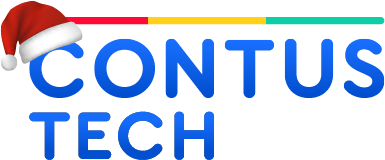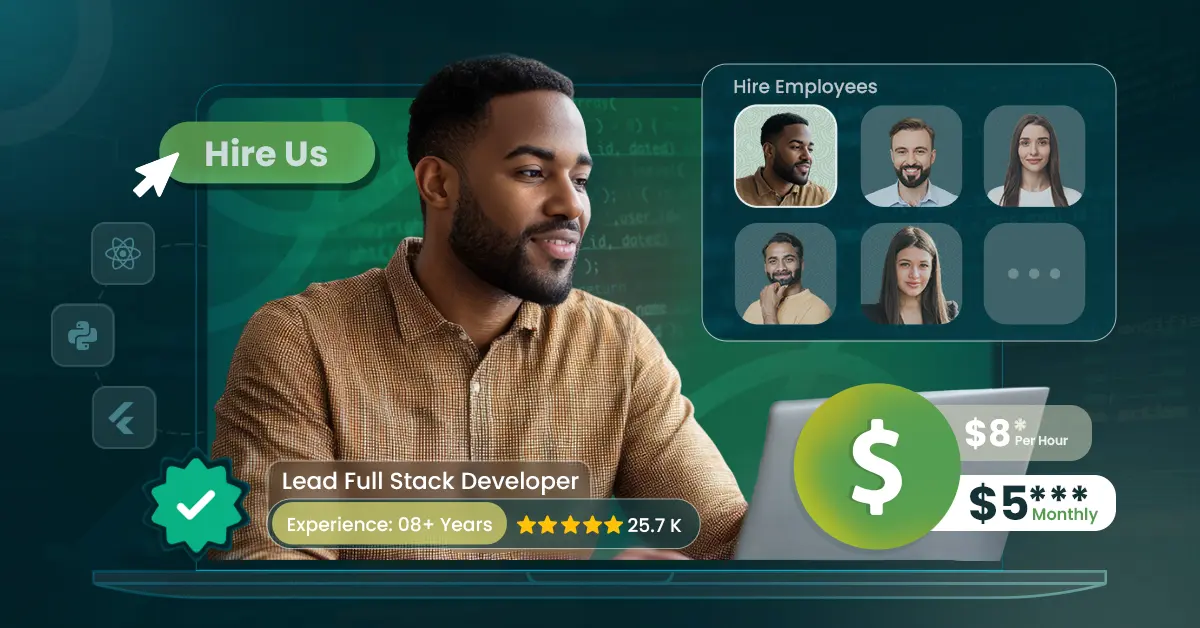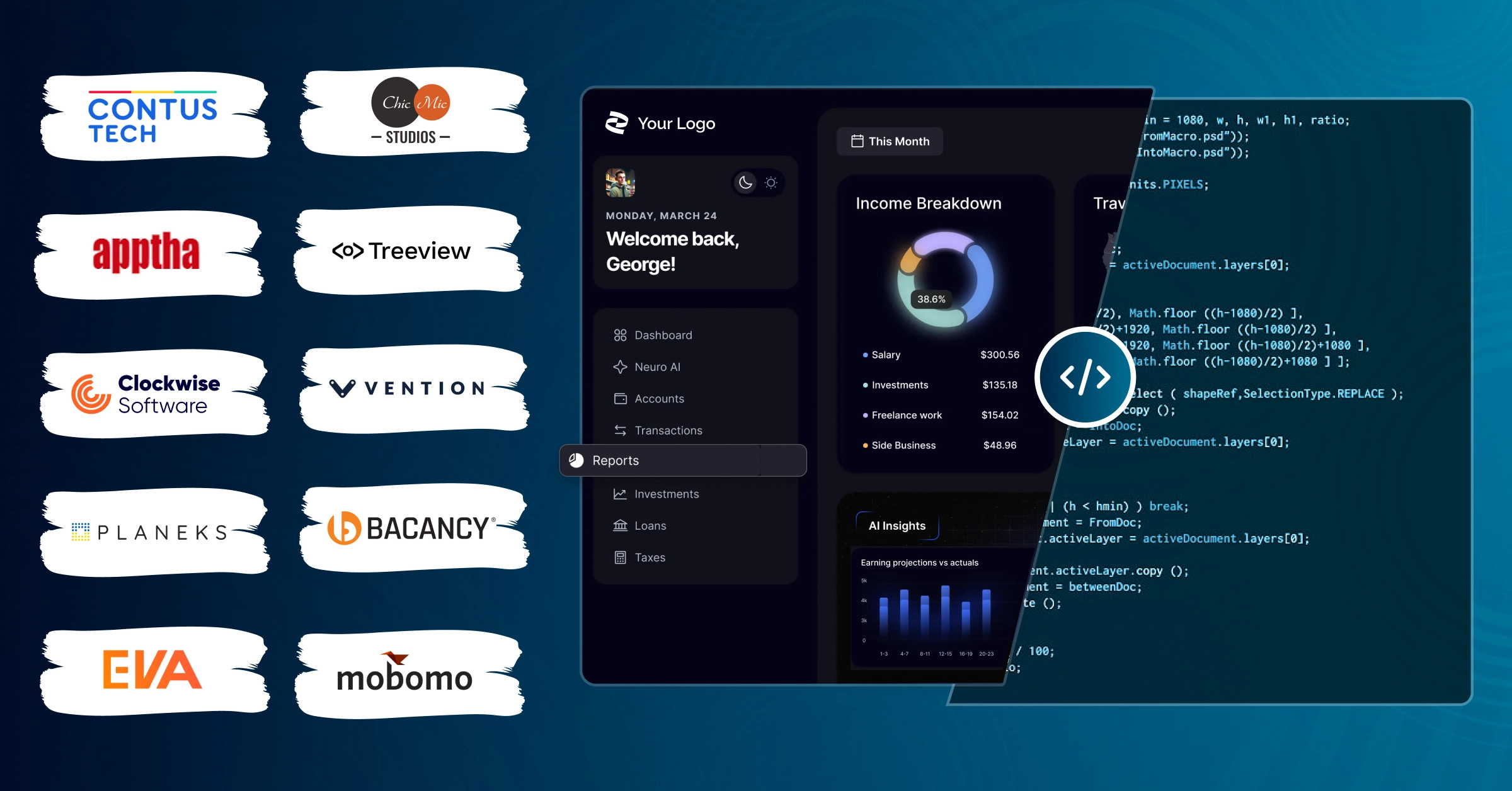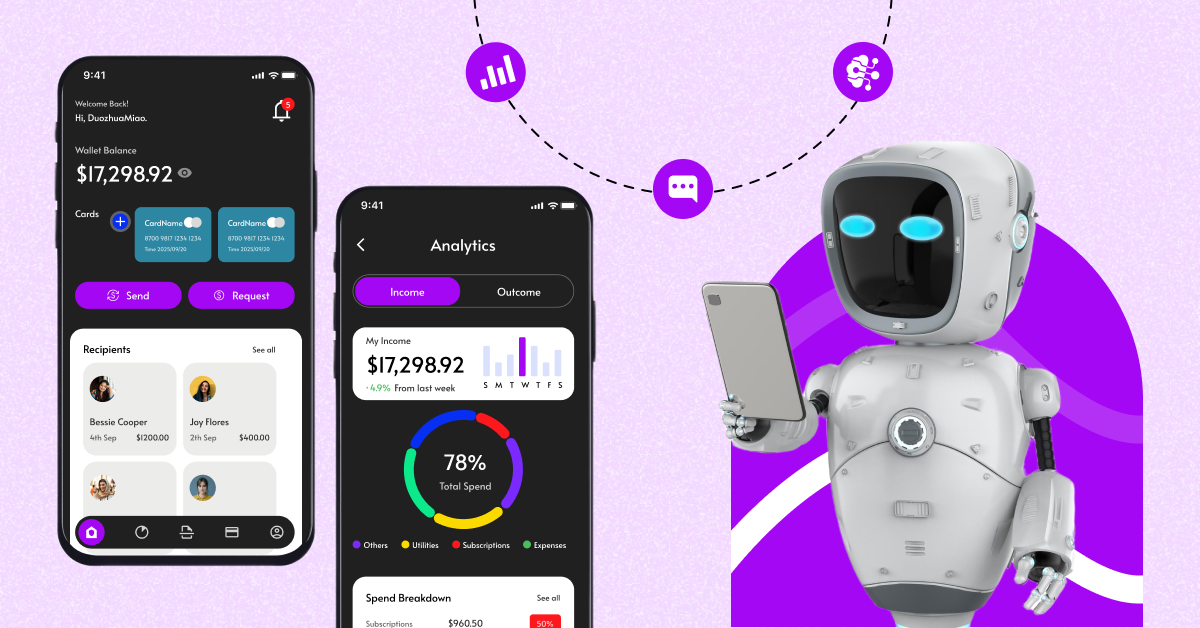SaaS MVP Development: A Step-by-Step Guide to Building Your Product

Uncertainty of a SaaS (Software-as-a-Service) product idea is something many business owners face. This uncertainty has resulted in some SaaS product ideas to be shelved forever.
However, there is a solution to this issue: investing in SaaS MVP development.
A large number of businesses, approximately 72%, follow the MVP (Minimum Viable Product) approach. A SaaS MVP reveals numerous aspects of a SaaS product idea. More importantly, a SaaS MVP offers data on the marketability of the SaaS product idea.
This article dives deep into the concept of SaaS MVPs. We’ll explore the definition of a SaaS MVP, the steps involved in building one, the mistakes to be avoided, and lots more. Continue reading!
Quick Summary
Table of Contents
What is a SaaS MVP?
A SaaS MVP (minimum viable product) is a basic version of a SaaS product that has just the core feature. The MVP is aimed at early adopters who test it and provide feedback, validating the SaaS product idea and paving the way for future development.
Testing a SaaS idea before heading to development is a wise idea when you consider the fact that SaaS is a highly competitive yet rewarding field.
Precedence Research reports that the SaaS market size is expected to hit $1,251.35 billion by 2034 at a CAGR of 13.32%. To capitalize on this astronomical rise, it is vital to step into the market well prepared.
An MVP is quite beneficial in this regard. It gives founders an opportunity to test their SaaS product idea in the market. In addition to validating the idea, the MVP is useful in attracting the investor’s attention.
And, an MVP gives founders valuable data on how their SaaS product can be improved. This data provides clarity on the development path the SaaS product should take, in terms of features, UI/UX, and third-party integrations.
How to Build a SaaS MVP in 6 Steps
To build a SaaS MVP, you should define the core idea of the SaaS project, understand your target audience, create a business model, design UI/UX, develop and test the MVP, launch and promote it, and measure performance for future iterations.
Each step plays a crucial role in building a SaaS MVP that meets business requirements and user expectations. The sections below explain each step involved in detail.
Step 1: Define Your Core Idea and Value Proposition
Defining your SaaS MVP’s core idea and how it offers value to the business and end user is vital before you jump into market research and development.
Creating a core idea on which your SaaS MVP is built on will help in deciding the direction the final application has to focus on.
The core value proposition, on the other hand, provides clarity on the features/functions that make the application unique. The objective is to provide sufficient functionality to get the attention of early adopters.
A good idea to refine the core value proposition is to run a SWOT analysis (Strengths, Weaknesses, Opportunities, Threats). Answers to questions like “What problem is the SaaS application expected to solve?” “How is my SaaS product different from the competitor?” can also help.
Step 2: Understand Your SaaS Target Audience
A comprehensive analysis of the target audience is critical to developing an MVP for SaaS products.
The end user’s requirements are diverse and ever-evolving. Data on their needs and demands sheds light on pain points that the competitors in the market are yet to address.
Data on the target audience is usually categorized based on age, gender, social status, demographics, financial status, and other similar criteria.
Surveys and user interviews are an effective way to collect customer information.
Step 3: Create an Effective Business Model
All businesses have pricing models through which the end user can avail their services. Businesses must make a decision on pricing models during the MVP stage to ensure that the final product has the modules that align with the chosen pricing model.
There are numerous business models to choose from. Some of the more effective business models are listed below.
- Free Model: The basic features of the SaaS product will be free to use. A selection of features will be available for a fee.
- Tiered Pricing Model: The pricing of the features is segregated based on select criteria.
- Usage-Based Pricing Model: The price the customer pays will be based on data and usage consumption metrics.
- Variable Pricing Model: The price of the product will depend on each customer’s individual requirements.
- Flat Rate Model: The product’s services will be available at a flat rate on a monthly subscription basis.
- User-Based Pricing Model: The charges for the SaaS app will be based on the number of active users.
Step 4: Design a User-Friendly UI/UX
A SaaS product’s user interface (UI) and user experience (UX) are instrumental to its success.
A clean, intuitive UI is visually appealing and triggers engagement. A smooth UX helps in building lasting client-customer relationships, which contributes to better brand loyalty and increased user satisfaction.
Prototypes are beneficial in this regard. These functional models simulate the final SaaS product in terms of appearance and functionality. Prototypes allow stakeholders and early adopters (or beta testers) to get a feel for the product. The feedback collected is used to improve the SaaS product.
The feedback received can be as minor as button placements or as major as a layout overhaul. The objective is to finalize a UI that leads to a convenient and enjoyable user experience.
Step 5: Develop and Test the SaaS MVP
The SaaS MVP moves to development based on the data collected in the previous stages. Development is usually based on agile methodology and a tech stack for the preferred platform.
The frontend and backend are developed simultaneously. Any additional third-party integrations are done in this stage. Modern development teams utilize a variety of automation tools to improve the efficiency of processes.
The MVP is tested for bugs and usability as development progresses. Techniques like unit testing, integration testing, system testing, and acceptance testing are carried out to ensure optimum performance and adherence to system and business requirements.
Additionally, the developed MVP is tested for security vulnerabilities to ensure safety against cyber threats and malware.
Step 6: Launch, Promote, and Measure Performance
The SaaS MVP is launched on the chosen platform to the group of early adopters. Key performance indicators that are unique to the type of business are determined to understand how the MVP fares outside the production environment. Some of the more common KPIs include Customer Acquisition Cost (CAC), Monthly Recurring Revenue (MRR), and Customer Lifetime Value (CLV).
Alongside the launch, it also helps to leverage digital marketing strategies or partner with a talented digital marketing agency to increase visibility and attract early users.
Once the MVP has been successfully launched, the feedback collection process begins. Early adopters share their experiences and suggestions on how the MVP handled their issues. Analytics tools are also employed to get a clear picture of the technical side of the MVP.
How Much Does a SaaS MVP Cost?
The cost to build an MVP for SaaS can range from $15,000 to $180,000. Several factors, like team structure, developer location, complexity, chosen tech stack, and the industry, determine the cost of SaaS MVP development. These factors are discussed in the sections below.
Team Structure and Developer Location
The structure of the development team and their locations take up a major chunk of the SaaS MVP development budget.
Businesses can opt to build an in-house team, hire a SaaS MVP development company, or assign the project to a freelancer.
In-house teams are the most expensive, as they involve hiring specialists and investing in infrastructure and training. A SaaS MVP service provider is on the affordable side. They provide flexible engagement models and tend to stick to their deadlines. Freelancers, on the other hand, are cost-effective as well, but you may run into communication and commitment issues. The chances of delays are also high with freelancers.
Here’s a table that breaks down the cost of SaaS MVP development based on developer location.
| Locations | Developer Cost |
|---|---|
| USA | $100,000 – $225,000 |
| UK | $75,000 – $200,000 |
| India | $10,000 – $125,000$ |
| Australia | 100,000 – $200,000 |
| Ukraine | $30,000 – $150,000 |
The table below summarizes the cost of building an SaaS MVP based on different development teams.
| Team | Cost |
|---|---|
| In-house Team | $85,000 – $250,000+ |
| Outsourcing Companies | $15,000 – $150,000+ |
| Freelancers | $10,000 – $30,000 |
Complexity of Features
The complexity of the SaaS MVP project has a role to play in the final development cost.
The cost of building a SaaS MVP differs based on its features because of the resources, time, and specialists involved in design, development, and testing.
MVPs with multiple core features and integrations of emerging tech, like AI and cloud, can be more expensive to build. A simple MVP with a single core feature and a basic UI will be on the affordable side.
Here is a summary of the cost of developing a SaaS MVP based on complexity.
| Complexity | Cost |
|---|---|
| Basic | $12,000 – $30,000 |
| Intermediate | $25,000 – $75,000 |
| Complex | $70,000 – $180,000 |
Choice of the Technology Stack
The technology stack used in SaaS MVP development is a combination of programming languages, databases, and hosting solutions.
Each component requires a special set of tools, talent, and infrastructure. These elements can considerably increase the cost of developing a SaaS MVP.
The product’s upgradability and performance heavily depend on the tech stack it is developed on. Hence, it is important to make a well-researched decision before finalizing the tech stack.
| Tech Stack | Cost |
|---|---|
| MEAN (MongoDB, Express.js, Angular, Node.js) | $25,000 – $125,000 |
| MERN (MongoDB, Express.js, React, Node.js) | $20,000 – $140,000 |
| Ruby on Rails (Ruby, Rails, PostgreSQL) | $30,000 – $70,000 |
| Django (Django, Python, PostgreSQL) | $18,000 – $60,000 |
| LAMP (Linux, Apache, MySQL, PHP) | $25,000 – $150,000 |
| Serverless (AWS Lambda, API Gateway, S3, DynamoDB) | $25,000 – $130,000 |
Expertise Level of the Development Team
The level of expertise of the chosen development team can have a significant impact on the total development cost.
Hiring a team of junior professionals is a cost-effective option, but their lack of experience may lead to delays. Mid-level professionals offer a good balance of skill and experience.
Senior professionals, on the other hand, offer the best of experience and skill. They have a better grasp of the challenges involved in SaaS MVP development. They are also, however, the most expensive professionals to hire.
The table below discusses talent-wise costs of developing a SaaS MVP.
| Professional Type | Cost per Hour |
|---|---|
| Project Manager | $60 – $100 |
| Business Analyst | $35 – $90 |
| UI/UX Designer | $45 – $90 |
| Frontend Developer | $40 – $100 |
| Backend Developer | $50 – $120 |
| DevOps Engineer | $60 – $130 |
| Quality Assurance Engineer | $45 – $80 |
| Support Specialist | $25 – $60 |
Delivery Schedule
All SaaS projects come with deadlines. The development cost may increase based on the deadline assigned.
Tighter delivery schedules may account for faster handover of the product, but may cost more due to overtime pay to the developers involved. Rushed projects also tend to produce more errors. Having to fix them in a short period of time will add to the final budget.
It is crucial to plan a delivery schedule that finds the right mix of resource allocation, developer availability, and a reasonable development time.
SaaS Type, Compliance and Industry Norms
Each industry comes with its own set of rules and regulations. Security measures, data handling protocols, and compliance certifications are a few examples of industry-specific requirements that need to be met.
Certain requirements, like data handling protocols, carry weight when it comes to industries like healthcare, finance, and government agencies.
Adherence to these protocols is time- and resource-intensive. The expertise required to handle these requirements and manage the resulting development complexity will add to the final SaaS MVP development budget.
Here are a few types of SaaS MVPs and the costs of building them.
| SaaS Type | Cost |
|---|---|
| Accounting Software | $35,000 – $75,000 |
| CRM | $20,000 – $50,000 |
| Marketing Software | $25,000 – $75,000 |
| ERP | $60,000 – $150,000 |
| Project Management Software | $30,000 – $60,000 |
Top Mistakes to Avoid When Creating a SaaS MVP
The common mistakes to avoid when creating a SaaS MVP include scope creep, ignoring target audience needs, underestimating the budget, and omitting early user validation. These mistakes, along with their explanations and solutions, are discussed in the table below.
| Mistake | What is it? | Solution |
|---|---|---|
| Adding features that aren’t necessary | Some businesses lack clarity on the core feature of their SaaS MVP. As a result, they end up adding features that fall outside the scope of an MVP, leading to excess resource usage and significant time spent. | Segregating the features based on the MoSCoW method helps. Include only the must-have feature and decide on the rest based on user feedback. |
| Not paying attention to the needs of the target audience | A lack of clear understanding or a misunderstanding of the target audience’s needs often leads to an MVP that strays away from its objective. | Conduct extensive market research through multiple mediums to get a clear picture of the target audience’s wants and needs. |
| Underestimating the allocated budget and deadline | Poor planning leads to the project exceeding the allocated budget and the launch dates being postponed. | Investing in a well-defined project scope sets the path for the rest of the SaaS MVP development process. Diligent budget tracking and setting aside a contingency fund are useful when unexpected expenses happen. Task prioritization can help deal with delays. |
| Not validating the core idea with real users | Initiating MVP development without knowledge of market requirements. | Addressing this challenge involves collecting feedback from real users through interviews, surveys, or problem discovery calls. |
How to Choose the Right SaaS MVP Development Company?
To choose the right SaaS MVP development company, look for their technical expertise, industry knowledge, project management methodology, and extensive talent pool. Here is a brief explanation of these factors.
- Technical Expertise: Deep understanding of the technologies relevant to SaaS MVP development and the expertise to utilize them are critical when choosing a SaaS MVP development company.
- Industry Knowledge: Different industries come with unique challenges. The chosen development company should have proven experience in your industry to speed up the process and deliver accurate results.
- Project Management Methodology: A development partner’s project management skills prove their ability to adhere to deadlines and manage resource allocation. Analyze their communication skills, as collaboration is critical to the success of the project.
- Talent Pool: The skill of the development team handling the project impacts the overall quality of the SaaS MVP and the delivery schedule. Although expensive, skilled and experienced teams will deliver quality MVPs on time when compared to low-cost alternatives.
There are plenty of MVP development companies out there, but one that excels in it, especially when it comes to SaaS MVP development, is CONTUS Tech. These experts can get your SaaS idea to the market in just 30 days. They offer low-code and full-code options based on your requirements and provide multiple engagement models that suit your budget.
Give them a call to know more about developing an MVP for your SaaS product.
Conclusion
An MVP is the first step to a successful SaaS product. It’s better to be prepared before stepping into the hyper-competitive world of SaaS product development, and an MVP has an important role to play in it.
An MVP gives clarity on what works and what doesn’t work for their SaaS product, delivering measurable results that founders can take advantage of.
Founders have a variety of options when it comes to an MVP in SaaS product development. They can hire an in-house team, opt for the services of a SaaS MVP development company, or partner with a freelancer. Each approach has its pros and cons. It’s better to compare them before making a decision.
This blog answered numerous questions that founders may have, from “What is a SaaS MVP?” and “How long does it take to build an MVP for SaaS?” to “How to build a SaaS MVP?”
With these questions cleared, you’re now equipped with everything you need to begin your SaaS journey. Good luck!




